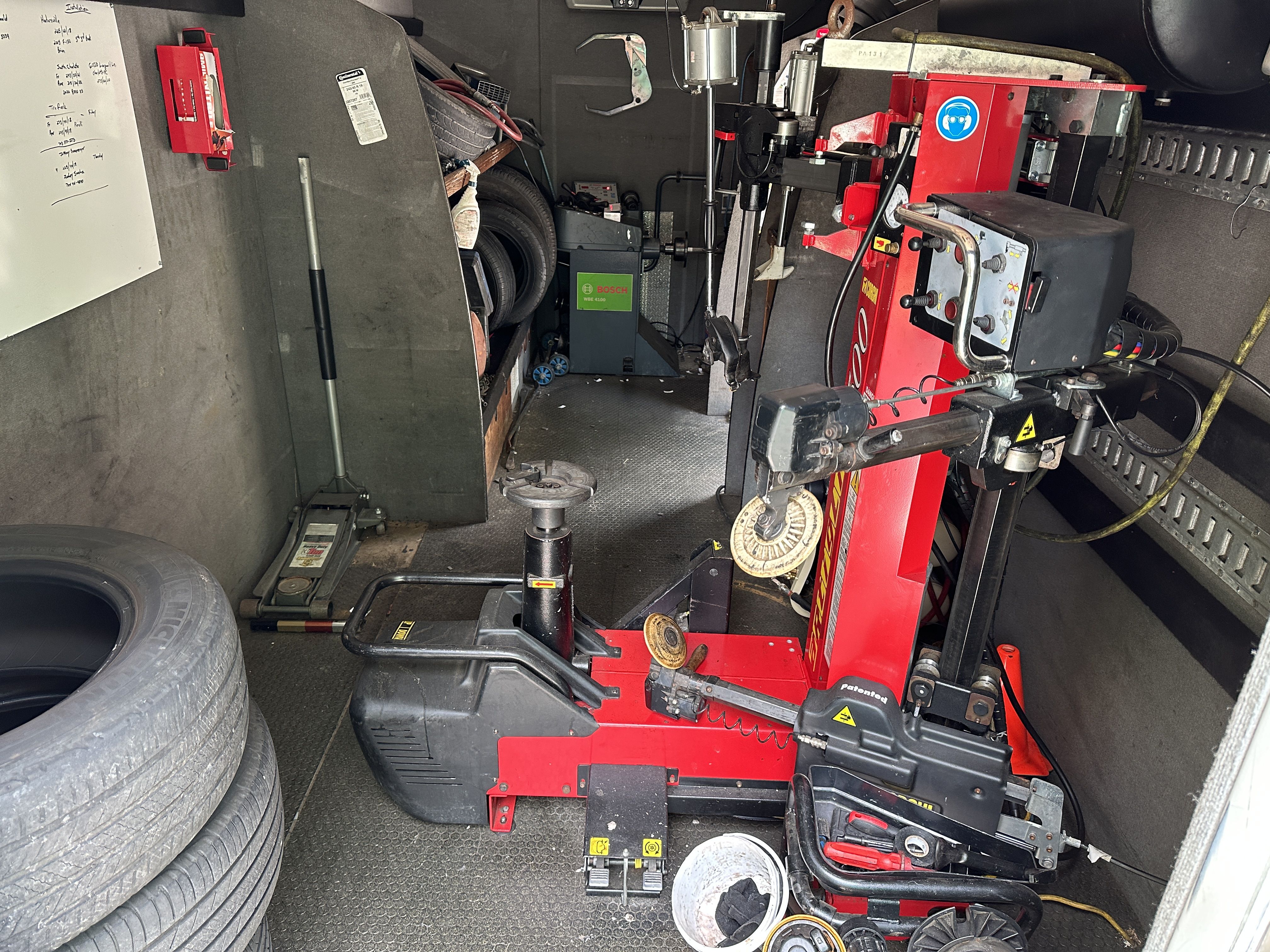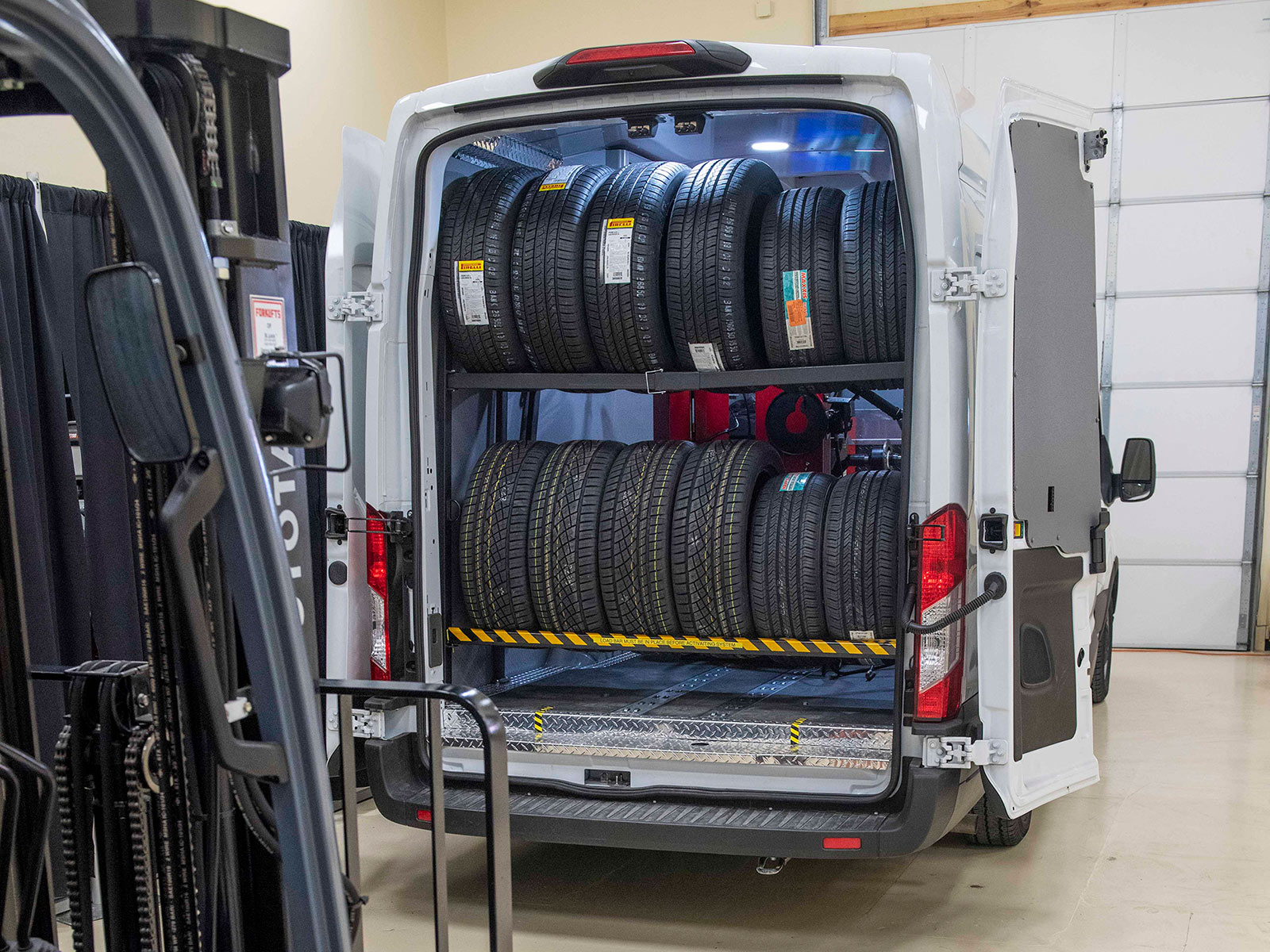Emergency Situation Mobile Tire Service Available in Las Vegas
Emergency Situation Mobile Tire Service Available in Las Vegas
Blog Article
Tire Service: Proven Techniques for Optimal Tire Maintenance and Treatment
Maintaining ideal tire condition is vital for both safety and efficiency of any automobile. From guaranteeing correct tire stress to routine turning and alignment, there are tested approaches that can considerably expand the lifespan of your tires and improve total driving experience. As we explore the details of tire care and maintenance, we will certainly uncover vital standards that every vehicle owner must comply with for the best possible outcomes. Allow's explore the globe of tire solution and discover the tricks to maintaining your tires in top-notch form for the long run.
Significance of Tire Pressure
Appropriate tire stress is a critical factor in making sure ideal automobile efficiency and security when driving. Preserving the suggested tire pressure levels offered by the producer provides various benefits. Ample tire stress promotes better gas performance, as under-inflated tires can lead to enhanced rolling resistance, triggering the engine to work more difficult and consume even more gas. Secondly, correct tire stress makes sure also step wear, improving tire longevity and conserving cash over time by postponing the requirement for premature substitutes. In addition, effectively pumped up tires add to enhanced handling and braking abilities, important for secure driving in different roadway conditions. Over-inflated tires, on the various other hand, can result in lowered traction and a harsher adventure. On the other hand, under-inflated tires are vulnerable to overheating, which can bring about crashes and blowouts. Routinely changing and checking tire pressure, specifically before lengthy trips, is an easy yet reliable way to improve lorry efficiency, extend tire life expectancy, and focus on safety on the road.
Tire Turning Standards
When considering tire rotation guidelines, it is vital to comprehend the value of this upkeep job in maximizing tire life-span and keeping ideal automobile efficiency. Tire rotation includes changing the position of each tire on an automobile to ensure even walk wear. Front tires often tend to use a lot more promptly than back tires because of steering forces, making normal turning essential for balanced wear patterns. The suggested rotation pattern varies relying on whether a lorry is front-wheel, rear-wheel, all-wheel, or 4x4. Usually, tires ought to be rotated every 5,000 to 7,500 miles, or as advised in the lorry guidebook. Overlooking tire turning can cause unequal wear, affecting handling, grip, and potentially compromising vehicle safety and security. By sticking to proper turning guidelines, motorists can extend the life of their tires, boost gas efficiency, and boost general driving experience. Regular turning is an easy yet effective upkeep practice that adds substantially to tire longevity and lorry performance.

Benefits of Wheel Positioning
Guaranteeing correct wheel alignment after tire turning is important for preserving well balanced wear patterns and taking full advantage of lorry efficiency. Wheel alignment refers to the modification of the angles of the wheels to the maker's requirements. Among the vital benefits of wheel alignment is improved dealing with and guiding feedback. When the wheels are effectively aligned, it reduces steering effort, making sure a smoother and extra regulated driving experience. In addition, correct wheel alignment helps to expand the life-span of your tires. Misaligned wheels can create irregular tire wear, bring about early tire substitute and raised maintenance costs.

Tire Tread Depth Inspect
Performing a regular inspection of tire step depth is crucial for keeping secure driving problems and extending the lifespan of your tires. The step on your tires plays an important role in offering traction, specifically in unsafe or wet problems. To inspect your tire tread deepness, you can make use of a tread deepness gauge or the penny examination. The suggested step depth is at least 2/32 of an inch. If the tread depth is below this threshold, it Click Here is time to change your tires to ensure optimal performance and safety on the road. Unequal tread wear can indicate issues with tire suspension, alignment, or pressure, highlighting the relevance of normal walk depth checks. Overlooking to keep track of and preserve appropriate tread deepness can bring about minimized grasp, longer braking distances, and an increased threat of hydroplaning. By including tire walk depth explore your regular maintenance schedule, you can drive with self-confidence understanding that your tires are in leading condition.
Seasonal Tire Evaluation
A comprehensive analysis of tire problem tailored to specific weather condition conditions is vital for keeping optimal efficiency and safety and security throughout the year. Seasonal tire evaluation is a basic aspect of tire upkeep that makes certain tires prepare to encounter the challenges positioned by various climate conditions. To prepare for winter season, it is necessary to check the tire pressure routinely as cold temperatures can trigger tire stress to go down. Inspecting tire tread depth is likewise important to make certain ample traction on snow and frozen roadways. In addition, looking for signs of wear and tear, such as fractures or bulges, can assist protect against prospective tire failings. As the periods adjustment, it is necessary to assess tire condition and make any required modifications to ensure risk-free driving. By carrying out Our site routine seasonal tire assessments, motorists can extend tire life-span, boost gas effectiveness, and most significantly, make sure a safe driving experience in differing weather - Mobile Tire Replacement Las Vegas.
Conclusion
Finally, preserving proper tire stress, turning tires regularly, straightening wheels correctly, keeping an eye on tread deepness, and conducting seasonal examinations are important techniques for optimal tire treatment. By following these verified methods, motorists can ensure their tires last much longer, perform far better, and contribute to general vehicle security. It is necessary to prioritize tire upkeep to protect against mishaps, boost fuel effectiveness, and lengthen the lifespan of tires.
Appropriate tire pressure promotes much better gas efficiency, as under-inflated tires can lead to enhanced rolling resistance, creating the engine to function more difficult and consume more gas.When taking into consideration tire rotation guidelines, it is crucial to understand the significance of this upkeep job in making the most of tire life expectancy and keeping optimal vehicle performance. Seasonal tire inspection is a fundamental element of tire upkeep that makes certain tires are all set to face the challenges positioned by different weather condition conditions. By carrying out regular seasonal tire examinations, vehicle drivers can prolong tire lifespan, improve gas efficiency, and most significantly, guarantee a secure driving experience in differing weather problems.
In verdict, keeping correct tire stress, turning tires regularly, aligning wheels correctly, keeping track of tread depth, and performing seasonal examinations are Our site necessary techniques for optimum tire care.
Report this page